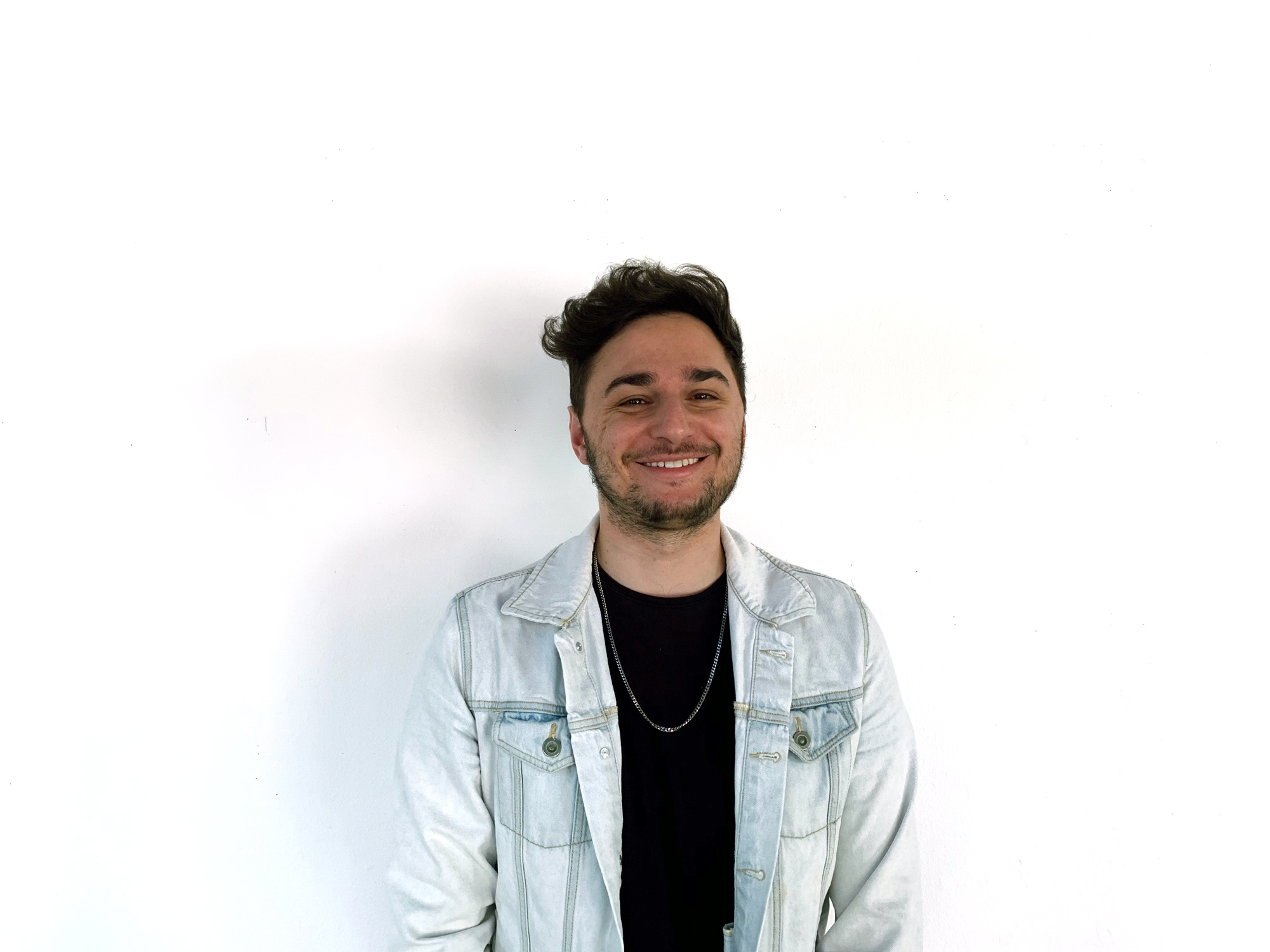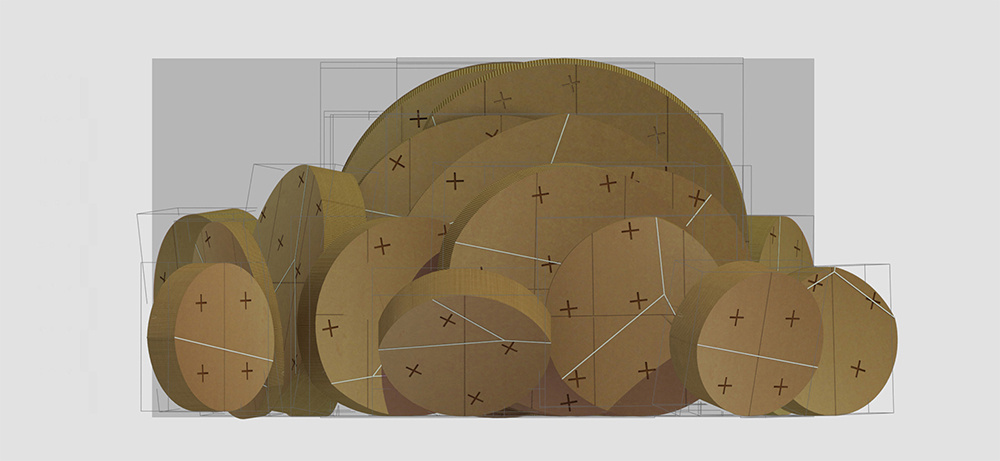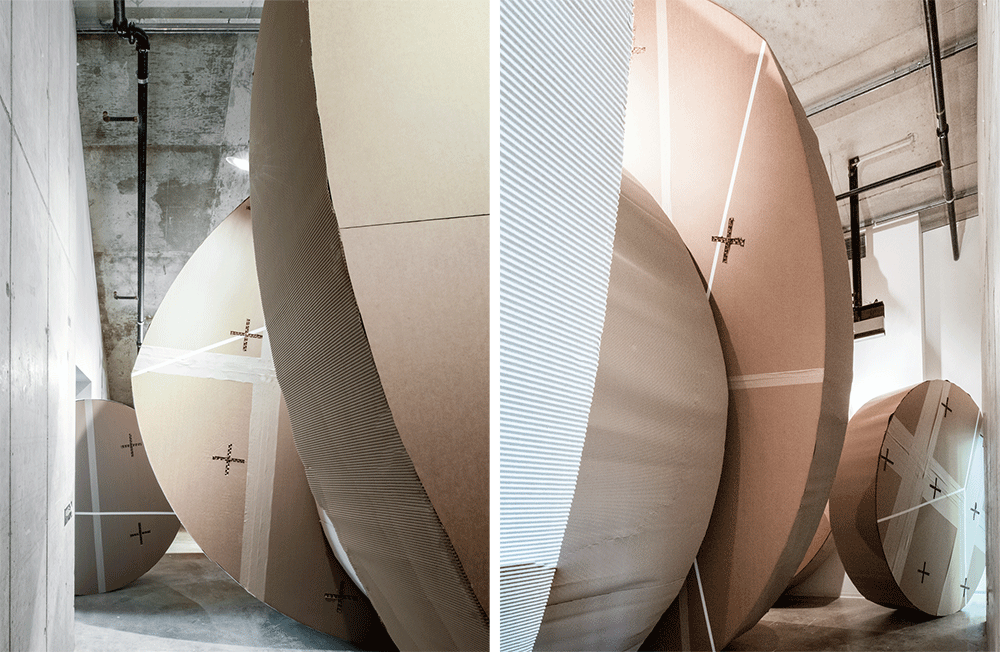David Eskenazi on the Ethical Questions and Cultural Value of Architecture
David Eskenazi pursues design research through writing and teaching, with publications in journals including Project Journal, Pidgin Magazine, Dimensions Journal, Archinect, Offramp, and One Twelve. His design work has been exhibited in over twelve public installations and exhibitions throughout the United States. Currently, Eskenazi is Design Studio and Visual Studies faculty at SCI-Arc. He has been awarded the Oberdick Fellowship at the University of Michigan, the LeFevre Fellowship at the Ohio State University, and was a Macdowell Fellow. He received a Master of Architecture with distinction from SCI-Arc and a Bachelor of Architecture from Carnegie Mellon University. Eskenazi’s practice, d.esk, is an eponymous office based in Los Angeles. Its aim is to contribute to the history of ideas in architecture through a close look at contemporary conundrums. The practice works at all scales, with current projects in California and Mexico. Recent work includes a full-scale installation at the Banvard Gallery at Ohio State and a proposal for a bath house in Los Angeles.
He is currently organizing a symposium and exhibition, opening at SCI-Arc this March.

We spoke to David about his background, interests, and current projects.
SCI-Arc: Thank you for speaking with us, David! To begin, how did you first discover an interest in architecture and design, and where did that all start for you?
David Eskenazi: For me, it started by having grown up in a city and being interested in the sort of the world constructed by that city in particular [Eskenazi grew up in Paris] and the way the modernity of infrastructure, like highways and subways, infect the nineteenth century city. Obviously Paris has a pretty clear history towards producing urbanity through architecture, decoration, and planning.
After that, I moved to the United States and realized how different architecture is here: It's much more expansive, much less clear in how it produces public space, but definitely clear in how it produces a relationship to the landscape, and how it relates to clusters of cities. Not a lot of love for beautiful decoration, though, mostly gaudy stuff, at least in the Midwest.
I didn't put my finger on it, but I think all of this was pretty palpable to me at a young age. And those things got me interested in how we inhabit buildings; how we inhabit cities.
And during that period of time, did you start drawing and making more artistic references to space?
No, I wasn’t an artistic kid, like at all. I liked math problems and mazes. I'd say art was more of an observation for a long time than anything else. My mom took me to museums once or twice a month growing up, but I didn’t really have a passion for making anything. That was much more of a learned thing than a natural one.

Since you already had an idea that was the direction you wanted to go, and started studying architecture earlier than later, is there anything in particular that you learned during the formative years of your architecture training that helped inform your current practice?
During college I was exposed to ethical questions in architecture that you have to grapple with. In particular, questions surrounding what at the time were framed to me as opposing ethical imperatives: the energy performance or social value of architecture against design or aesthetic cultural relevance. And for a while, these ideas were diametrically opposed to one another: that something could be good for people yet therefore somehow not invested in cultural or intellectual production. That, to me, is quite bothersome and problematic.
So very early on, I decided that my point of view in architecture was in support of a progressive cultural aesthetics and not just buildings that are socially progressive. They all should be of course, but I decided I wanted to have a higher cultural and historic ambition in my practice.
What about your background and your interests in other areas influence what your practice is now?
I’m always interested in problems that have been in architecture for a long time. So often, especially the work I currently do, seems to be mostly focused on old, internal-looking questions to the discipline. But I would say that I don't think you can do anything new with old problems without having some contemporary interests outside our field. What those are is always a little bit vague. Right now, I'm doing a lot of research into the possibility of a queer architectural aesthetics.
One thing that makes an interesting creative individual is to be constantly consuming various interests, and observing how those things recycle back into the work. Sometimes it fits perfectly, and sometimes not so much. And when you stop exploring, there's not many new things to discover.
What would you say is your general approach to your current architecture practice? How has that been influenced by your pedagogical practice?
I'm still learning. My practice is definitely in an early stage, in terms of it being one with real projects. The work I do in my practice I think of as a pedagogical example or model. I hope that that would be true no matter what kind of actual practice I had—whether as a substantive office with lots of projects or something small like what I do now—that the work and teaching would somehow always have that kind of relationship. But the work of architecture is mostly to create feedback into the history of architecture in addition to having clients and people that use the buildings and all those things.
For example, we’re currently building a house in Mexico, working on an Accessory Dwelling Unit here in LA, finishing a proposal for what we call melancholic form; there’s always a lot of different things going on at the same time. Writing is also critical to the practice. The longer term ambition would be towards building.

How have your particular interests served to differentiate the work you do over the course of your career? And what is your approach to innovation within your practice?
I launched some work that I'm doing now back when I did my thesis, as a student. I always return to: “What's the overall thing I'm interested in?” And it ultimately comes back to some of the research I started then; into the various conundrums that emerge from how architects work.
Lately, it's about the problem of scale and size in our working environments, and the question of how to represent really big things and really small things at the same time. I'm interested in mixing different scales; looking at paper, and how it operates when you make a really big thing versus when you make a really small thing. But paper, which we think of as something that we draw on and print on and look through, is also something that has actual physical material properties, which can be another way to think through the problem of scale and size.
This, to me, is innovation. Every project that I do is informed by the last; and then sometimes there’s a new idea. I see innovation as arriving from a focused interest and thinking of other ways to work on that interest; what other questions you can answer, or problems you can solve.
I also believe that it is possible to innovate within the discipline. If you look at old issues, like the corner problem, or how to put a window in a curve, you can also see hundreds of people working on that, and how they add to that and "innovate" on it. In that sense, a body of knowledge can certainly be moved forward.
Is there anything about your experience at SCI-Arc in particular that has influenced you as an architect or as a teacher?
A crucial element of the faculty’s role at SCI-Arc is to ask what we think is important in the contemporary world that our students will be a part of. I work with first-year undergraduate and graduate students, which is my favorite period of time to teach because their minds are fresh and they come to architecture with new perspectives. We focus on what underlies the kinds of work they’ll continue to do later in the school, so it feels like a formative and critical time in which to be involved.
There's two main paces at SCI-Arc: ramping up and slowing down. There’s time for both, as you can get ideas out by producing a lot of stuff really, really fast, but sometimes you also need to work on one thing for a month and produce a lot less. I'd like to think that I'm pushing for some clarity; that I’m the person that hits the brakes more often than one that hits the accelerator, saying: “Let’s sit down, let's pay attention to what we're doing.” Take it one step at a time.

Do you see that reflected in the students with whom you're working?
I definitely think that when we slow down, the students become more confident in what they're doing. When you’re more aligned to the ideas that you're excited about, you can understand better what the limitations and possibilities of your interests are. One thing that's important about SCI-Arc is the ambition as well as the imagination of other possibilities. That’s a rare thing, especially for an architecture school, to be thinking through—that architecture is a creative act that is permanent, or at least semi-permanent. And yet, we can also be silly and imagine what cities or the built environment could be.
That’s something about SCI-Arc I'm always excited to be a part of. And whether you're working really slowly, or you're working really fast, it's important to always have that goal in mind, and be incredibly ambitious and relentless in getting there.
What have been the biggest highlights of your career thus far? What are you most looking forward to?
I did these teaching fellowships that were really fantastic and pretty formative for me. Basically, there's a bunch of schools, especially in the Midwest, that have one or two-year fellowships where you can go and teach, and they provide research funding to do your own work for a year while you're there. I did one at Ohio State and one at the University of Michigan.
Through those experiences it was really nice to get in touch with a new set of perspectives, and learn to teach and make a bunch of mistakes, which are part of learning.
And then also being with SCI-Arc as an institution is always really fantastic. This year, I'm looking forward to organizing the A Queer Query symposium on queer aesthetics, which will take place at SCI-Arc in March. I think that's going be a big highlight for me this year.

A Queer Query Symposium will take place on March 21, 2020 in the W.M. Keck Lecture Hall 1-9pm. More info.